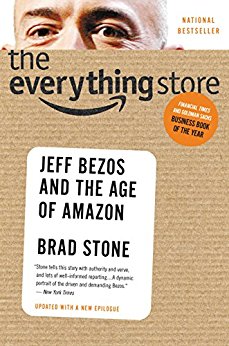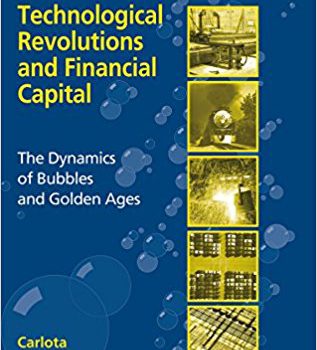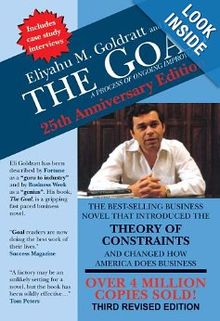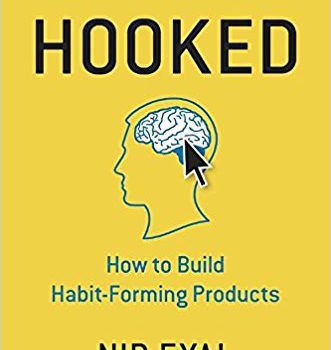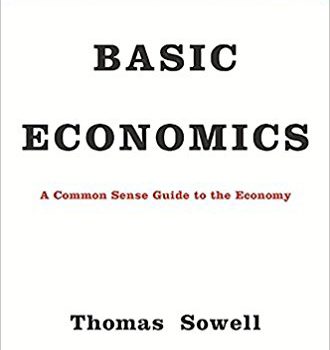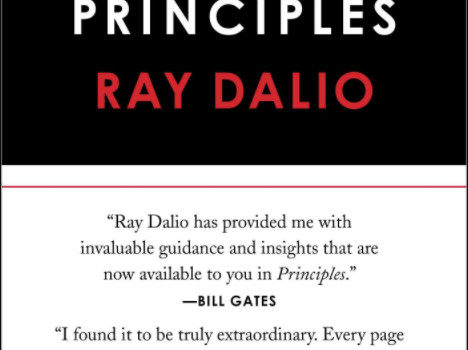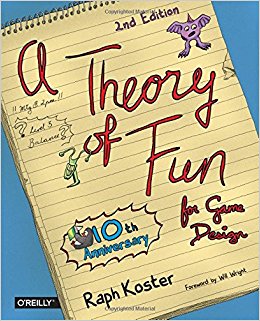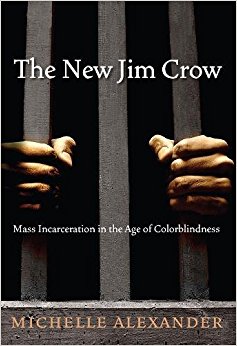Amazon is now the largest Internet retailer in the world, and Jeff Bezos recently became the wealthiest person in the world. Amazon increasingly penetrates our everyday life, from being the first stop for our online shopping to interfacing with our physical world through Echo and Alexa.
But over 20 years ago, Amazon was just an online bookstore in the rising tide of the web. In its darkest times, detractors repeatedly predicted it would go bankrupt, that titans like Walmart would easily crush it, and that it would be out-executed by tech darlings like eBay and Google.
As we know now, the dogged determination of Jeff Bezos and Amazon overcame all these objections. In The Everything Store: Jeff Bezos and the Age of Amazon, Brad Stone profiles the history of Amazon from its early days to 2014 and describes the values that led to their immense success. In this Everything Store summary, you’ll learn:
- the incredible speed at which the web and Amazon developed, launching multiple iconic product lines within the same year
- Jeff Bezos’s relentless ambition to beat competitors and take every advantage it can get
- the qualities that guided Amazon from its founding to its ubiquitous presence today
- Jeff Bezos’s most vicious criticisms of employees from his trademark temper
